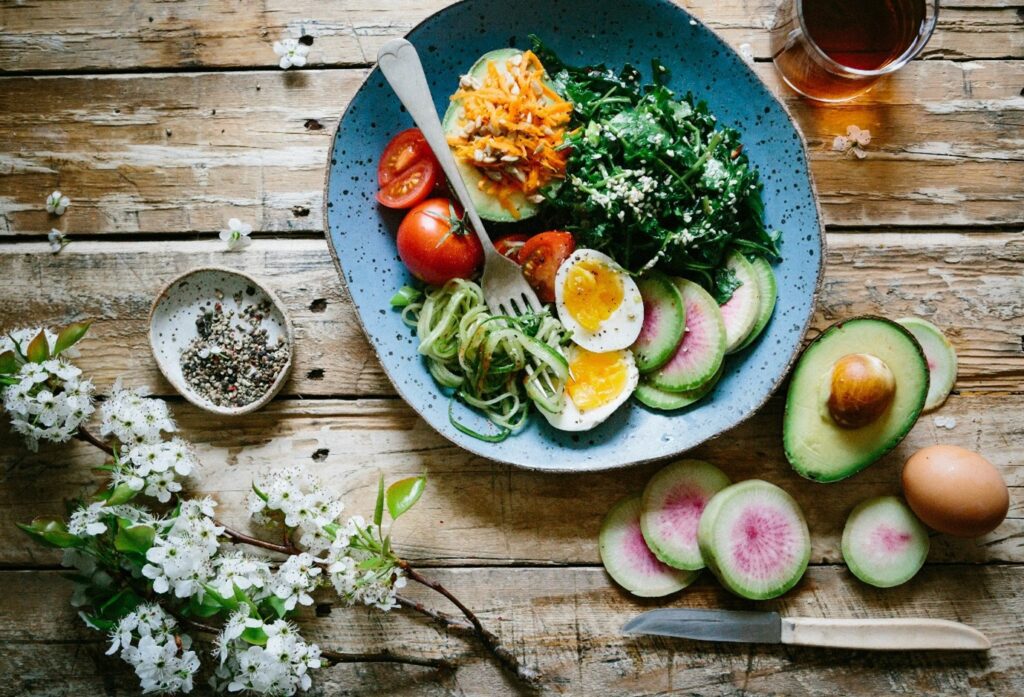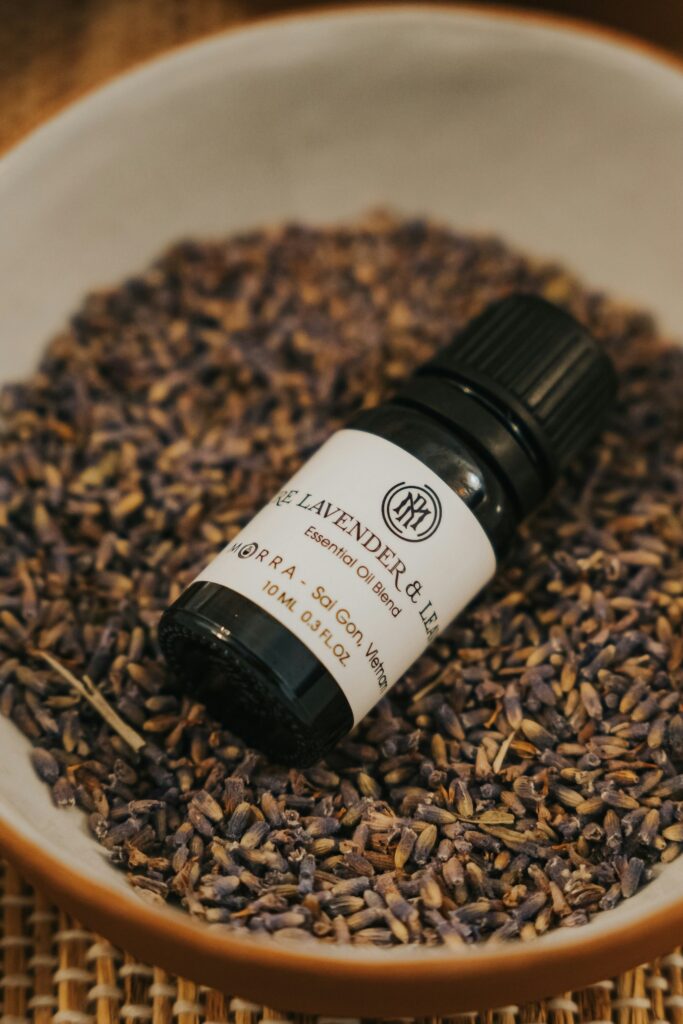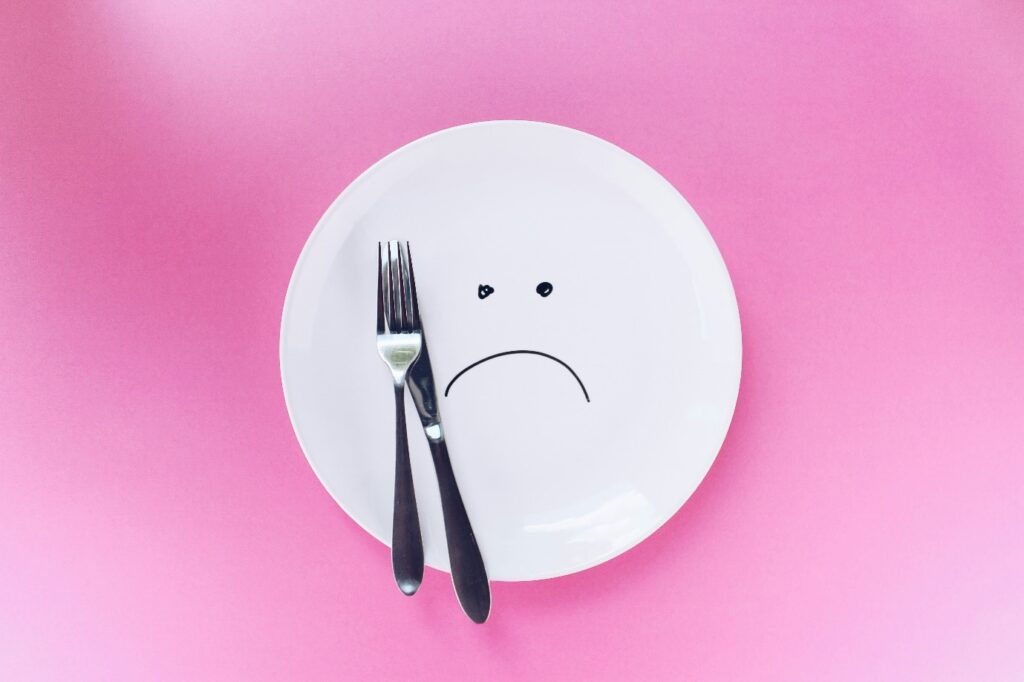You know that moment when the cramps hit so hard that you feel like your body is doubled over, and you start counting down the hours until your period starts. You want to get relief from the pain, but do not want to opt for medication. Then, there are natural remedies that might be your secret weapons. Let’s explore five natural and effective ways to relieve period pain at home in this article.
Reasons Behind Menstrual Cramps or Period Pain
Period pain (dysmenorrhea), often called menstrual cramps, is caused by the contraction of your uterus to shed its lining. This process releases chemicals (prostaglandins) that trigger these contractions and inflammation. The other contributors include poor blood flow, muscle tension and even dietary factors. These cramps can be worsened if you are already suffering from fibroids, endometriosis, or a hormonal imbalance. In such cases, check with your healthcare provider.
Relieve Period Pain at Home Naturally
Natural remedies help to reduce inflammation, improve blood flow, relax your muscles and calm your stress. Below are five methods that you can try at home. You can try what best suits you.
-
Gentle Movement, Light Exercise and Heat Therapy
- Movement releases natural painkillers (endorphins) in your body, and heat aids the uterine muscles to relax, improve the blood circulation, and reduce cramps.
- For movement, you can try light exercise, walking, cycling, swimming or gentle yoga poses that help to stretch your lower back and pelvis.
- For heat therapy, you can use a hot water bottle, a heat patch or a heating pad on your belly or back for 10-20 minutes.
- You can take a warm bath to ease your muscles and whole body.
Regular exercise over weeks or months has been shown to reduce both the intensity and duration of cramps and spasms.
2. Diet: Nutrient-Rich and Anti-Inflammatory Foods
You can get relief from period pain by making some changes to your diet. Foods rich in omega-3 reduce inflammation and ease pain. Consuming more vegetables, fruits and whole grains increases the vital nutrient intake. A diet rich in magnesium, vitamin B1 (Thiamine), and vitamin E also helps reduce the pain. An anti-inflammatory food pattern makes future periods less painful.
Food Sources
- Omega-3 Fatty Acids: Fatty fish (salmon and sardines), flaxseeds and chia seeds.
- Magnesium: Leafy green vegetables (spinach), legumes (lentils, edamame, and black beans), seeds and nuts (pumpkin seeds, almonds, cashews, and flaxseeds), whole grains (whole wheat, brown rice, and fortified cereals), fruits (bananas and avocados) and dark chocolate.
- Vitamin B1 (Thiamine): Meat, sunflower seeds, whole grains, and legumes (lentils, beans, and peas)
- Vitamin E: Vegetables and fruits (avocados and spinach), oils (wheat germ oil and safflower oil), sunflower seeds and nuts.
Likewise, cutting down on processed meals and caffeine balances the body’s hormones and aids in the relief from menstrual pain.
And most importantly, keep yourself well hydrated. Hydration helps relax uterine muscles and reduces muscle spasms. It helps inflammatory substances to flush out and promotes better circulation. It also helps to reduce bloating. Staying hydrated can reduce the intensity of period pain.

3. Herbal Teas and Herbal Supplements
Some herbal teas help you reduce period pain. These include:
- Peppermint Tea: It helps relax your muscles and helps relieve period cramps and bloating.
- Chamomile Tea: It reduces inflammation, eases period pain, relaxes uterine muscles, and lessens muscular spasms.
- Raspberry Leaf Tea: It is well known for its ability to tone the uterus and reduce period pain.
- Ginger Tea: It has anti-inflammatory properties and relieves you from cramps and nausea.
- Fennel Tea: It has anti-spasmodic effects, reduces cramps and period pain.
- Dandelion Tea: It offers anti-inflammatory properties and helps to reduce bloating and inflammation.
There are many herbal supplements which help to reduce menstrual pain naturally, such as turmeric, which has anti-inflammatory effects and relieves menstrual pain.
While herbs and herbal teas are quite helpful, they are not always risk-free. Some herbs or combinations can interact with your medications. Moderation is always the key. Too much of something can cause an upset gut, allergic reactions, or other side effects.
4. Massage, Relaxation, and Stress Reduction
Massage increases blood circulation and eases sore muscles. Relaxation reduces tension in muscles, improves your mood and increases your pain threshold, while stress worsens the pain. Breathing exercises and meditation (5-10 minutes) also ease the pain. Give yourself a good night’s sleep, as hormonal changes and discomfort might interfere with sleep.
Gentle self-massage of the lower abdomen using warm oil relaxes your muscles and lessens the menstrual pain. The relaxing effects of massaging with these oils can help reduce menstrual cramps:
- Clary sage oil: Diffusing clary sage oil in the room can work for relaxation. For a massage, apply diluted clary sage oil on the lower belly. This oil eases menstrual discomfort.
- Lavender oil: It is known for its calming effects. You can add lavender oil to your warm bath or massage your lower abdomen with the oil.
- Marjoram: It has analgesic (pain-killer) and antispasmodic properties. This oil can ease your cramps.

Adequate sleep, stress management, and maintaining healthy hormone balance reduce baseline inflammation, improve pain threshold and help your body cope with pain better.
Practising mind-body techniques in your routine is beneficial in reducing stress. Deep breathing exercises, yoga, meditation, and mindfulness techniques can help to reduce stress levels and lessen menstrual cramps.
5. Acupressure and Acupuncture
Acupressure and acupuncture relieve your period pain by stimulating specific body points to trigger the release of endorphins, your body’s natural pain killers. They also influence neurotransmitters like serotonin, which are linked to mood. These techniques also calm the nervous system.
Acupuncture has anti-inflammatory effects, which help to reduce pain. It also reduces the intensity of pain by decreasing the excessive production of prostaglandins.
The difference in both techniques is that acupuncture involves inserting thin needles into the skin at specific acupoints to stimulate them, while acupressure involves putting pressure on the same acupoints using your fingers or thumbs.
Key Takeaways
- Period pain relief does not always require strong medicine. Natural remedies are effective in lessening pain, cramps and spasms.
- Diet matters in reducing the pain. Focus on nutrient-rich and anti-inflammatory foods such as omega-3, magnesium, vitamin B1, and vitamin E.
- Heat therapy, water bath, relaxation, massage and rest are as important as what you are taking in your diet.
- Some natural herbs and herbal teas have anti-inflammatory effects, which help you to get muscle relaxation and pain relief.
- Acupressure and acupuncture increase the blood circulation and relieve you from menstrual pain.
Conclusion
Every month, you go through the same cycle of days which are uncomfortable and painful. But there are natural and effective ways to relieve yourself from that pain, cramps and spasms. Trying the natural remedies like light exercise, massage, heat therapy, herbal therapy, anti-inflammatory and nutrient-rich foods, acupressure, and acupuncture can make a real difference.
Start with one or two methods that seem suitable for you and notice improvements over time. If you have tried these methods and your period pain is still severe, you need to reach out to your healthcare provider or doctor.
To explore more, visit healthabulous, and read our article on “10 superfoods you’re probably not eating (but should be)” and others to have a better knowledge about natural ways and remedies for your body transitions.
FAQs
- How long does it take for natural remedies to show results?
Some methods help to reduce period pain immediately, such as heat and massage, while others may take 1-2 days, such as herbs, herbal teas and diet.
- Can herbal teas or supplements be combined with over-the-counter painkillers?
In most cases, yes! Many natural remedies are complementary. But it is better to check the interactions. If in doubt, consult a healthcare provider.
- When are natural remedies enough, and when is it recommended to see a doctor?
Natural remedies are enough if the pain is mild to moderate. But see the doctor if pain suddenly becomes severe, if you have heavy bleeding, irregular period cycle or have other symptoms like fever, nausea, and dizziness.
- Does eating dark chocolate help in relieving period pain?
Yes! Eating dark chocolate helps relieve period pain due to its high magnesium content. Magnesium present in dark chocolate relaxes the uterine muscles. It also has flavonoid, which has anti-inflammatory properties that inhibit prostaglandins.
- Does drinking plenty of water really help to reduce period cramps?
Yes. Hydration helps relax uterine muscles and reduces muscle spasms. It helps inflammatory substances to flush out and promotes better circulation. It also helps to reduce bloating. Staying hydrated can reduce the intensity of period pain.
References
- Nagy H, Carlson K, Khan MAB. Dysmenorrhea. [Updated 2023 Nov 12]. In: StatPearls [Internet]. Treasure Island (FL): StatPearls Publishing; 2025 Jan-. Available from: https://www.ncbi.nlm.nih.gov/books/NBK560834/
- Malik K, Dua A. Prostaglandins. [Updated 2022 Nov 21]. In: StatPearls [Internet]. Treasure Island (FL): StatPearls Publishing; 2025 Jan-. Available from: https://www.ncbi.nlm.nih.gov/books/NBK553155/
- Chaudhry SR, Gossman W. Biochemistry, Endorphin. [Updated 2023 Apr 3]. In: StatPearls [Internet]. Treasure Island (FL): StatPearls Publishing; 2025 Jan-. Available from: https://www.ncbi.nlm.nih.gov/books/NBK470306/
- Naraoka Y, Hosokawa M, Minato-Inokawa S, Sato Y. Severity of Menstrual Pain Is Associated with Nutritional Intake and Lifestyle Habits. Healthcare (Basel). 2023 Apr 30;11(9):1289. doi: 10.3390/healthcare11091289. PMID: 37174831; PMCID: PMC10178419.
- Du W, Lu L, Liu Y, Yan Y, La R, Wu Q, Xu J, Zhou X. The association between dietary vitamin B1 intake and constipation: a population-based study. BMC Gastroenterol. 2024 May 17;24(1):171. doi: 10.1186/s12876-024-03255-2. PMID: 38760704; PMCID: PMC11100033.
- Khalesi ZB, Beiranvand SP, Bokaie M. Efficacy of Chamomile in the Treatment of Premenstrual Syndrome: A Systematic Review. J Pharmacopuncture. 2019 Dec;22(4):204-209. doi: 10.3831/KPI.2019.22.028. Epub 2019 Dec 31. PMID: 31970017; PMCID: PMC6970572.
- Kanchibhotla D, Subramanian S, Singh D. Management of dysmenorrhea through yoga: A narrative review. Front Pain Res (Lausanne). 2023 Mar 30;4:1107669. doi: 10.3389/fpain.2023.1107669. PMID: 37063942; PMCID: PMC10098011.
- Ristiani, Aryadi Arsyad, Andi Nilawati Usman, Saidah Syamsuddin, Mardiana Ahmad, Andi Wardihan Sinrang, The use of aromatherapy in primary dysmenorrhea, Gaceta Sanitaria, Volume 35, Supplement 2, 2021, Pages S591-S595, ISSN 0213-9111, https://doi.org/10.1016/j.gaceta.2021.10.090.
- Eryılmaz S, Uçar T. The Effects of Acupressure and Massage on Pain, Menstrual Symptoms, and Quality of Life in Primary Dysmenorrhea: A Randomized Controlled Trial. J Integr Complement Med. 2025 Apr;31(4):378-387. doi: 10.1089/jicm.2023.0721. Epub 2024 Dec 20. PMID: 39705091.
Woo HL, Ji HR, Pak YK, Lee H, Heo SJ, Lee JM, Park KS. The efficacy and safety of acupuncture in women with primary dysmenorrhea: A systematic review and meta-analysis. Medicine (Baltimore). 2018 Jun;97(23):e11007. doi: 10.1097/MD.0000000000011007. PMID: 29879061; PMCID: PMC5999465.



